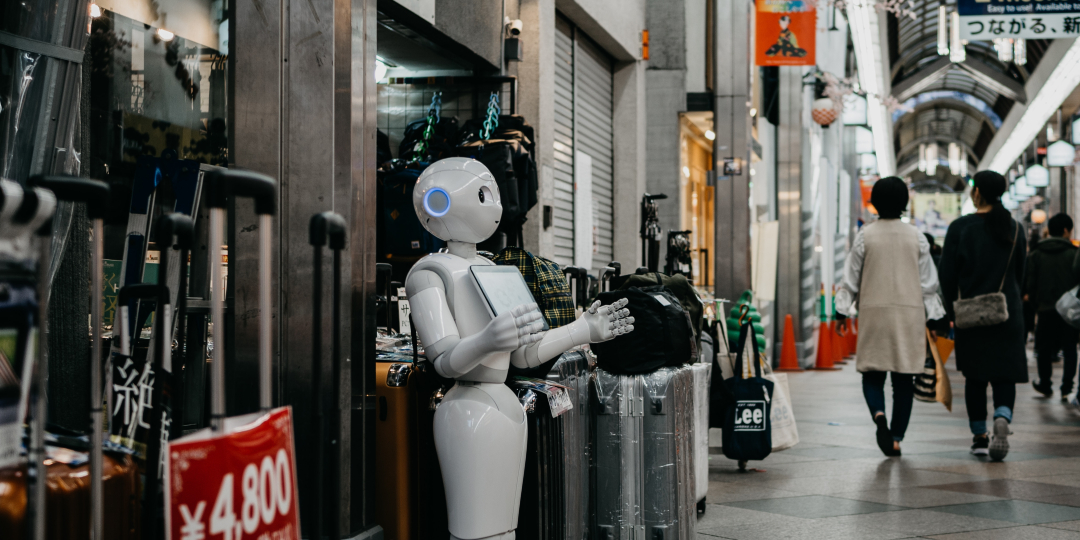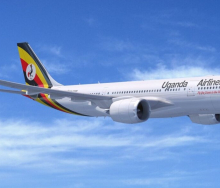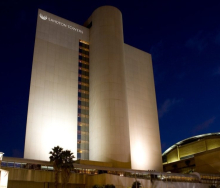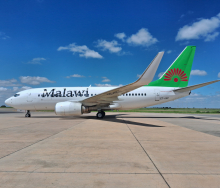The fast-paced change taking place across the travel industry and allied businesses is being strongly driven by the momentum of digital technology, the expectations of younger markets and sustainability issues. It’s time for industry, governments, and workforces to adapt or be left behind.
Airport and airline technology provider SITA has issued a report on ‘Global Megatrends’ based on responses drawn from across the air transport industry, owned global research, and the latest cutting-edge proof of concepts from the SITA Lab innovation team, identifying the most powerful shifts that will drive the travel industry’s evolution by 2033.
“A new era of travel is fast emerging, featuring trusted digital identities, hyper-efficient metaverse- like AI-powered airport operations, sustainable aviation, a full digital economy, and air taxis. The air transport industry is at a post-pandemic crossroads, facing challenges from all sides. While domestic and international travel recovery accelerates globally, airports and airlines are scrambling to provide the seamless travel experience passengers expect, often with slashed workforces and squeezed budgets,” says the report.
Societal trends
Airports and airlines will have to restructure their workforces using technology to work differently. Technology means achieving more scalable operations and upskilling employees to support these changes, with a more significant focus on service. Automation will allow operations to be scaled, enabling a more agile workforce, with employee value shifting to highly skilled, empowered decision-makers and service-orientated roles.
Traveller trends
Younger travellers like Gen Z and Millennials want a more integrated digital journey, and the industry will be forced to respond. SITA believes this demand will accelerate the digital way of life and popularise fringe technologies by 2027. “Many are frequent travellers who are ‘self-service first’. They embrace biometrics and digital passes seeing these as a way to benefit from efficiency and convenience.”
SITA says a “seismic shift” towards “digital first” is on the cards as digital natives become a more significant proportion of the passenger demographic. “We are moving towards a future where passengers can travel from anywhere to everywhere without ever needing to present travel documents and without needing to stop to confirm their identity, check in, cross a border, or access any number of services at their destination – all while keeping control of where and when data is shared.”
Older travellers are already travelling more and continuing travel into more advanced years. “Bespoke technological solutions and bolstered staff resources at airports will be dedicated to supporting the ageing traveller by 2030…Airports and airlines will initiate dedicated teams, training, and processes to cater for a growing demographic of ageing travellers.”
Economic trends
A new full digital economy will have a large impact on the airport economy. “Airports are looking to fill pandemic-inflicted revenue holes: enabling mobile payments, improving personalisation, and increasing ancillary services are focus areas for most airports… Biometrics and mobile technologies will make it seamless to access, pay, and track the journey purchases and experiences.
Connected travel
“Over the next seven years, seamless intermodal travel will emerge with single processing and verification points that enable a fluid end-to-end journey across land, sea, and air.
There will be a push for more connected journeys with sustainable operations and new collaboration models using trusted data exchange for the broader end-to-end travel ecosystem. We will move from a community of 10+ players to take care of a single flight offer from A to B, towards an ecosystem of 100+ active contributors to deliver a door-to-door seamless travel experience.
“…Connected smart tugs and baggage carts will serve vehicles on the ramp. Wheelchairs, mobile kiosks, and robotic assistants will be controlled remotely.” In airports, 5G and the maturation of AI solutions will see connected autonomous robots, vehicles, and mobility equipment.
Sustainability
By 2030, sustainability and adapting to the impacts of a warming climate will be at the heart of travel, says SITA’s report. “Implementation of policies such as the Corporate Sustainability Reporting Directive in the EU and evolving Securities and Exchange Commission (SEC) policies in the US will intensify scrutiny of the environmental and social actions and commitments of the entire aviation industry supply chain.
“Achieving the industry’s nett-zero-by-2050 objective will necessitate fully efficient operations. In this transformative decade, a key driver of efficiency gains will be the strategic use of data. Analysing data to comprehensively understand the factors contributing to emissions throughout the air transport ecosystem will play a pivotal role. This data-driven insight will not only enhance environmental performance but also inform operational decisions, aligning with the stringent sustainability standards set by new reporting frameworks.”
Supply chain will see a shift from simple forecasts and demand plans to an agile supply chain based on real-time data. Digital chain of custody and Non-Fungible Tokens (NFTs), where instant and verifiable data can be accessed digitally will supersede traditional processes.
Airline maintenance, repair and overhaul will be entirely automated through blockchain, resulting in significant cost savings, supply chain efficiency, and increased safety.
Urban Air Mobility
“Intermodal, connected and seamless travel will become a reality with passenger processing and ease of checking in and baggage handling harmonised between the modes of transport.”
SITA says: “By 2032, electric air taxis will be ubiquitous at major international airports and operate as an effective auxiliary service and revenue stream for airports and airlines. The services will push travel closer to a seamless journey with short transfers and speedy passenger processing on top of added sustainability and energy cost benefits.”














